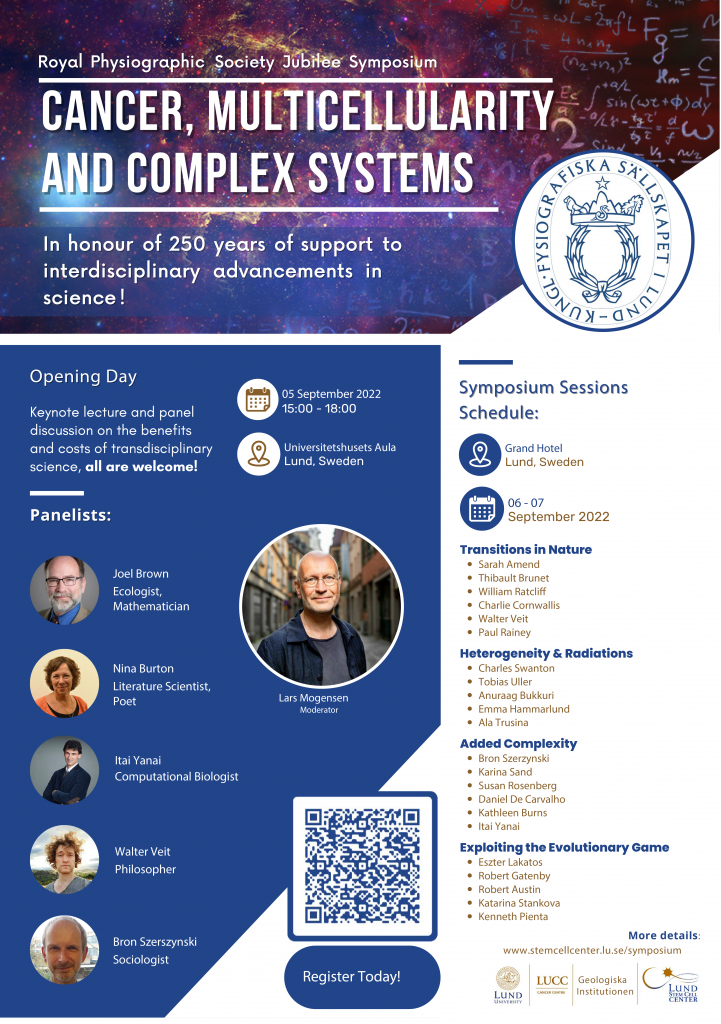
The rise of multicellularity on Earth and the rise of cancer within the human body are critical events that we do not fully understand. It seems clear, however, that these events are joined by how they result from complex ecological and evolutionary processes. To unravel these processes, it also seems clear that we have to gather expertise from several scientific disciplines. Only by seeking the evolutionary and complex origins of tumor formation, can we improve our ability to predict and target cancer early.
Here, we gather experts from the fields of evolutionary, tumor and stem cell biology, as well as geobiology, virology, and physics to discuss what we collectively do – and do not yet – know about cancer and multicellularity from an evolutionary perspective.
In celebration of over 250 years of support for interdisciplinary collaboration within the realm of science, this symposium is funded by the Royal Physiographic Society and its partners at Lund University Cancer Center, Lund Stem Therapy, Lund Stem Cell Center and the Geological Department.
The organizing committee consists of Jessica Abbott, David Gisselsson Nord, Johan Jakobsson, Håkan Axelsson, Per Alm, Kristian Pietras, Charlie Cornwallis and Emma Hammarlund. Warmly welcome!
Symposium ‘Cancer, multicellularity and complex systems’ 5-7 September 2022 (invajo.com)

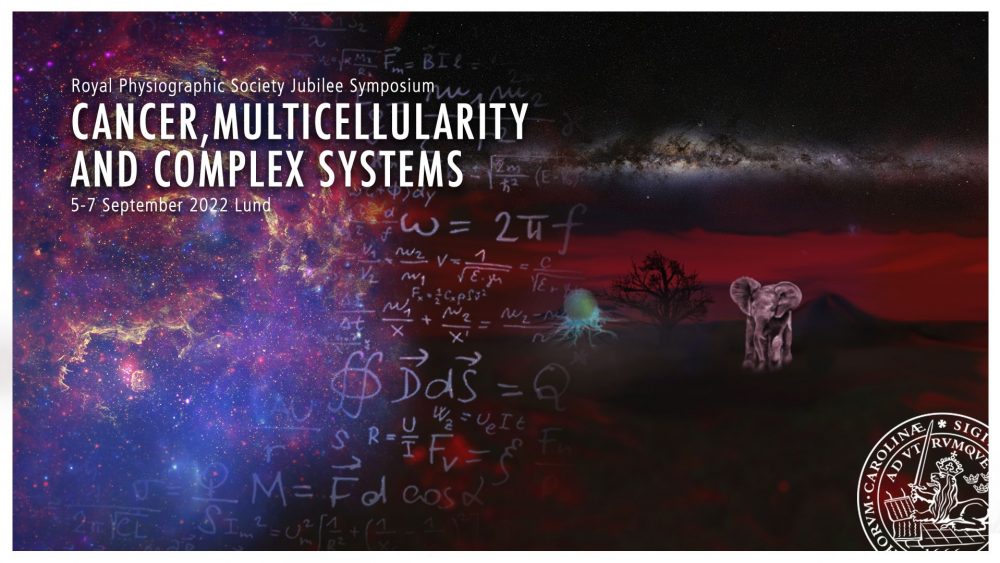
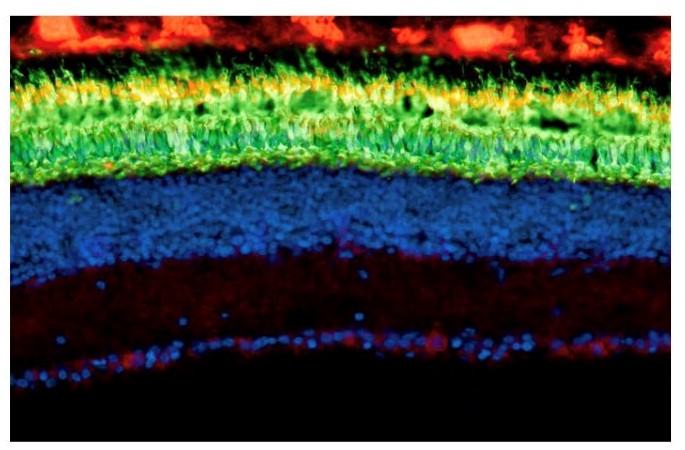
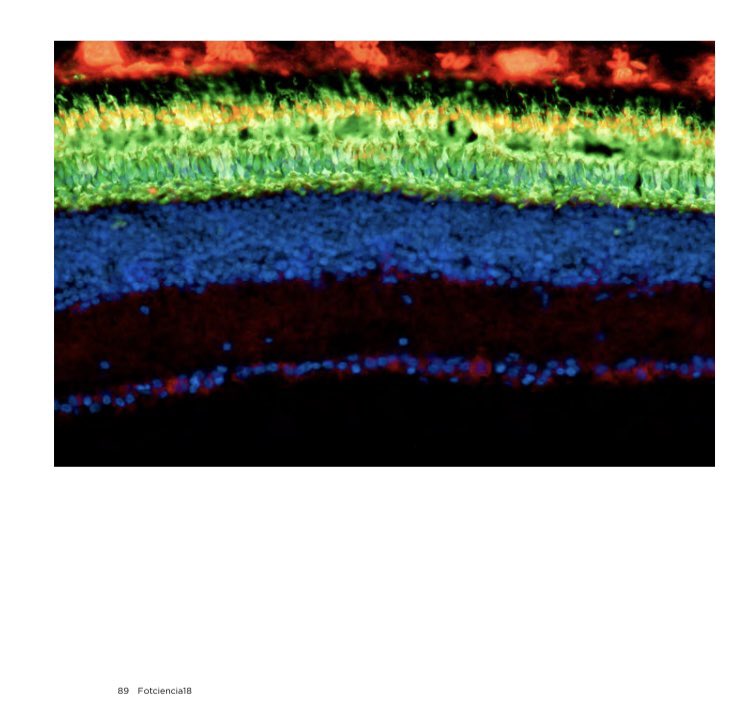
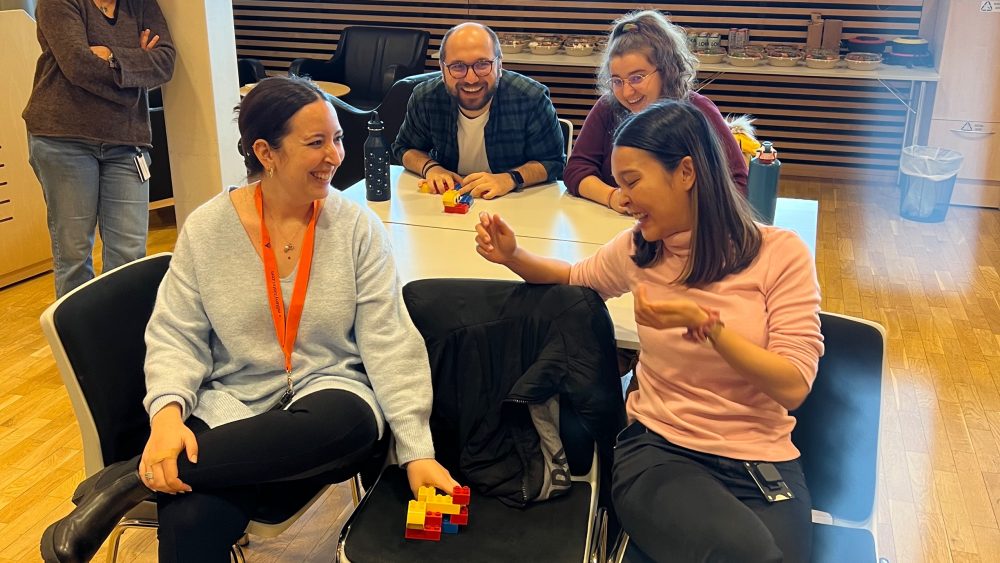


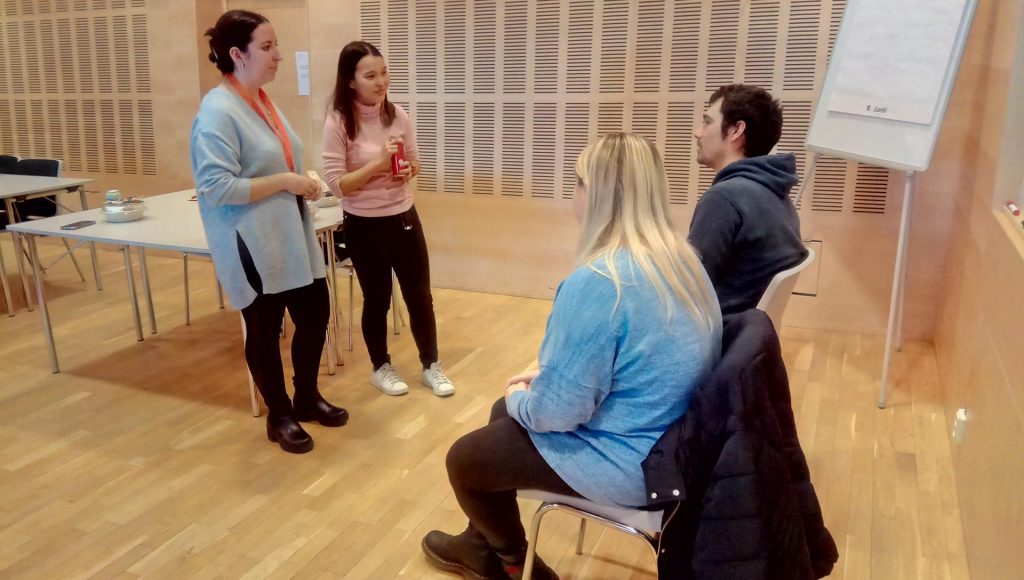

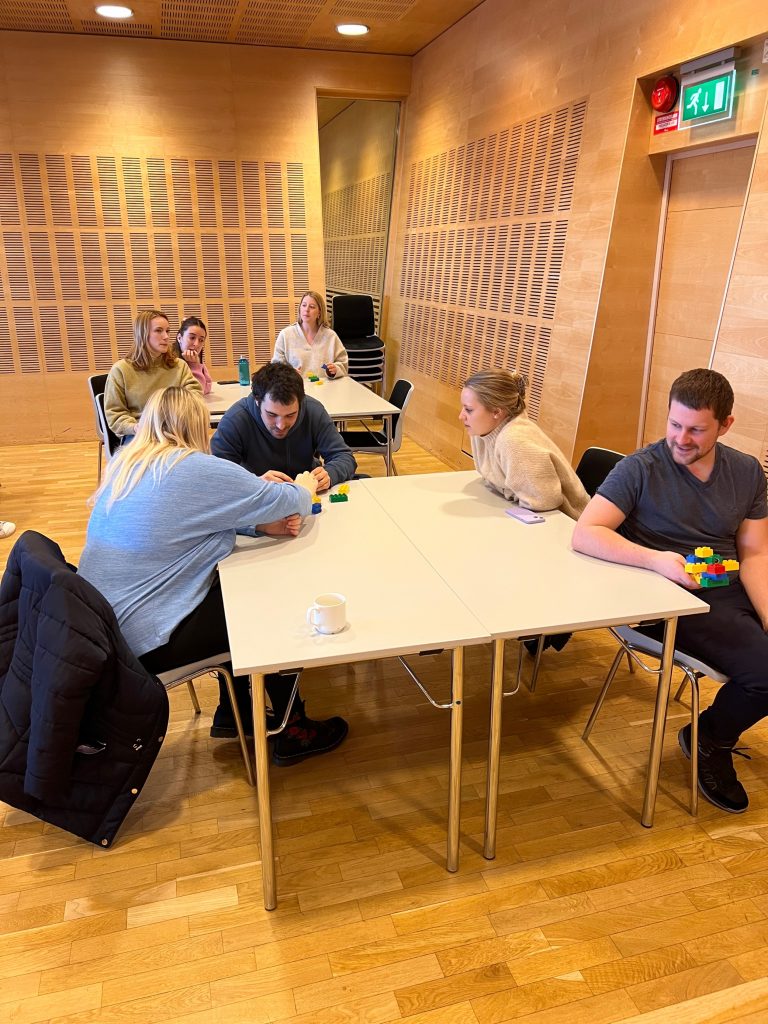

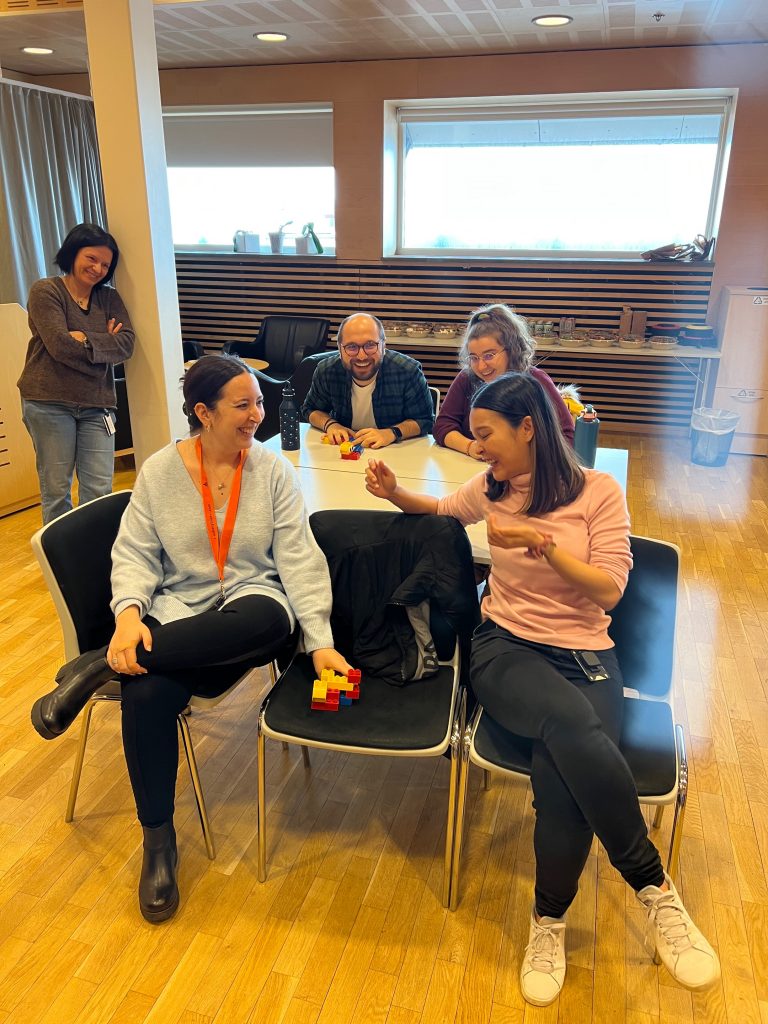

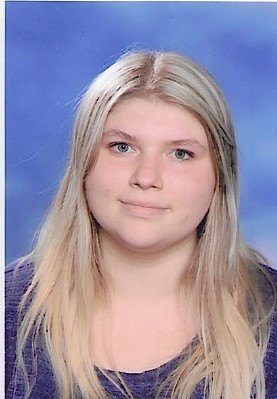
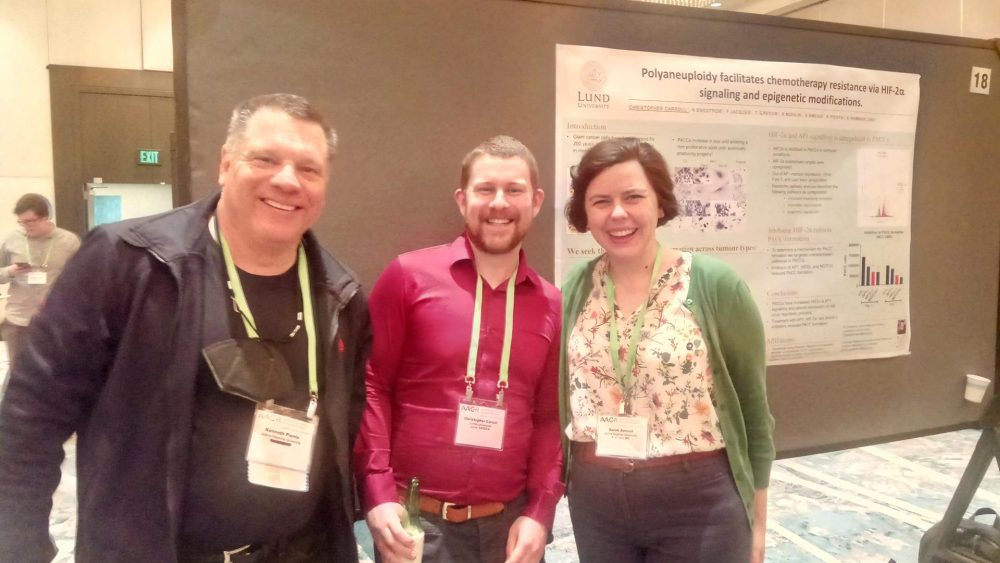
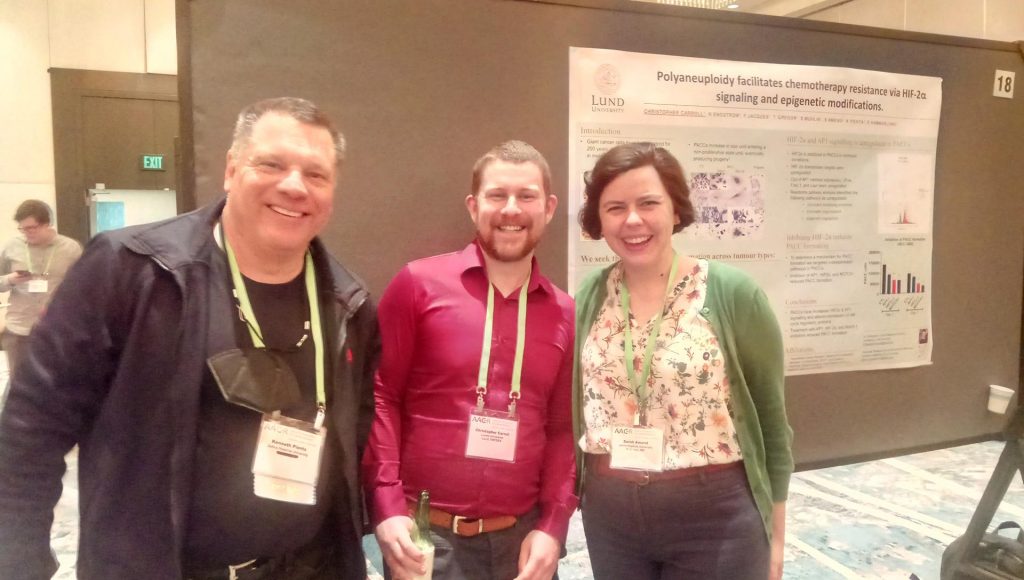
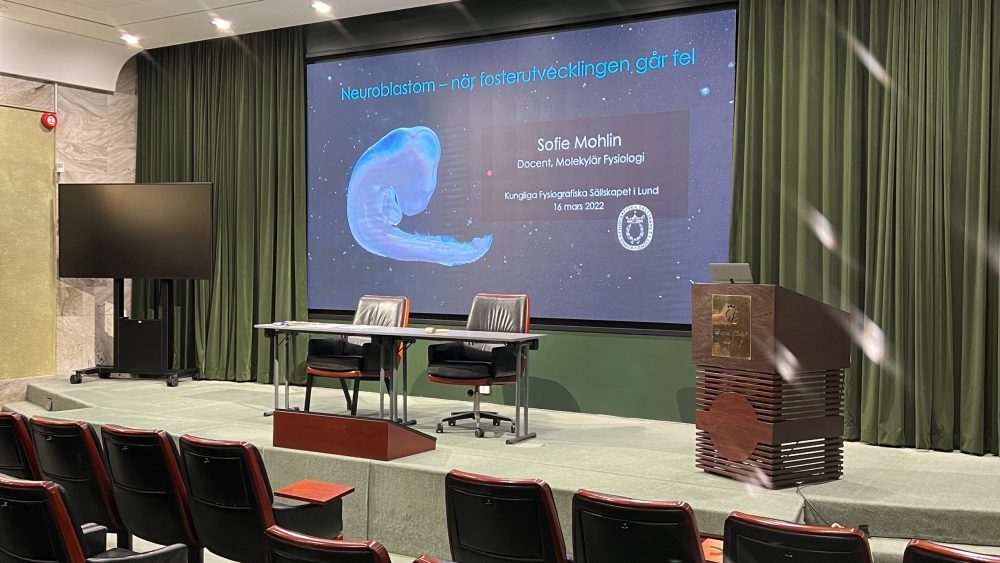
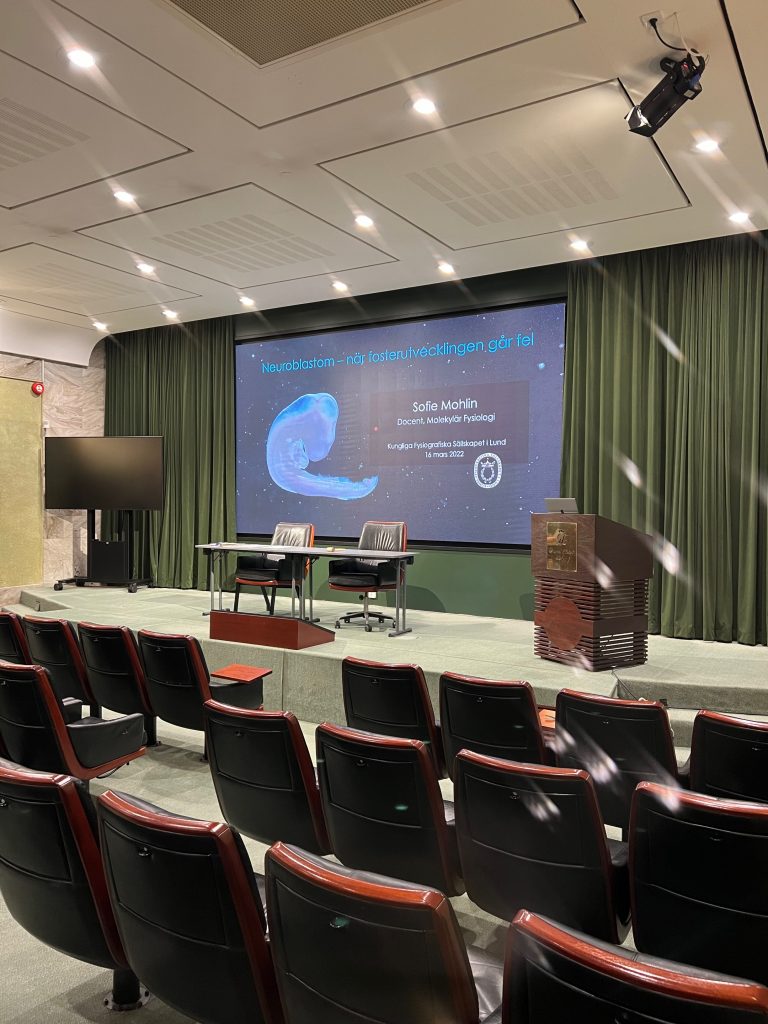
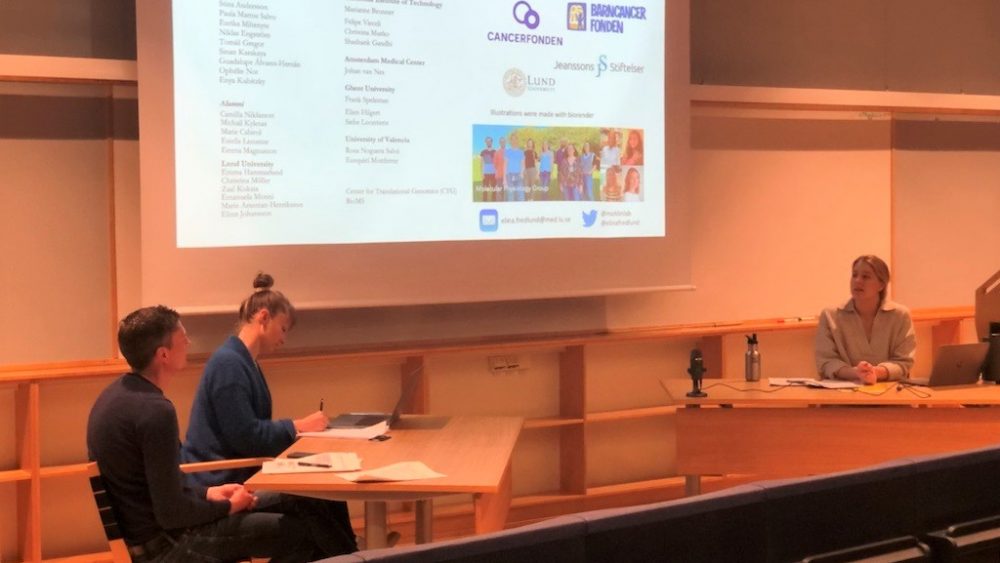
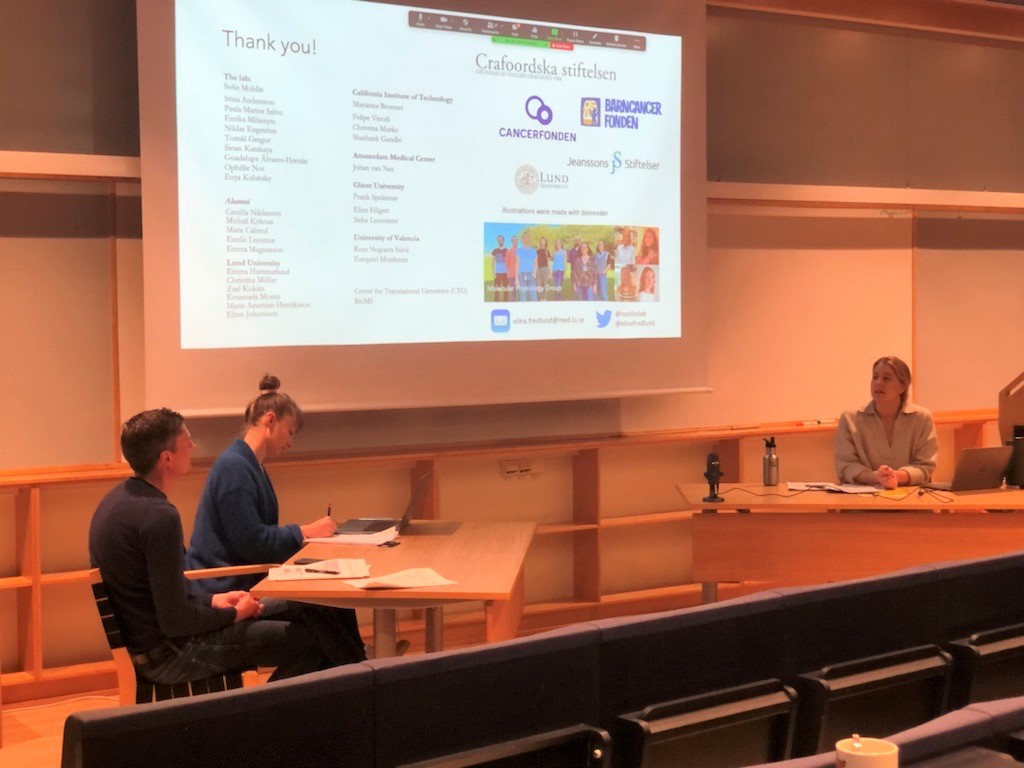
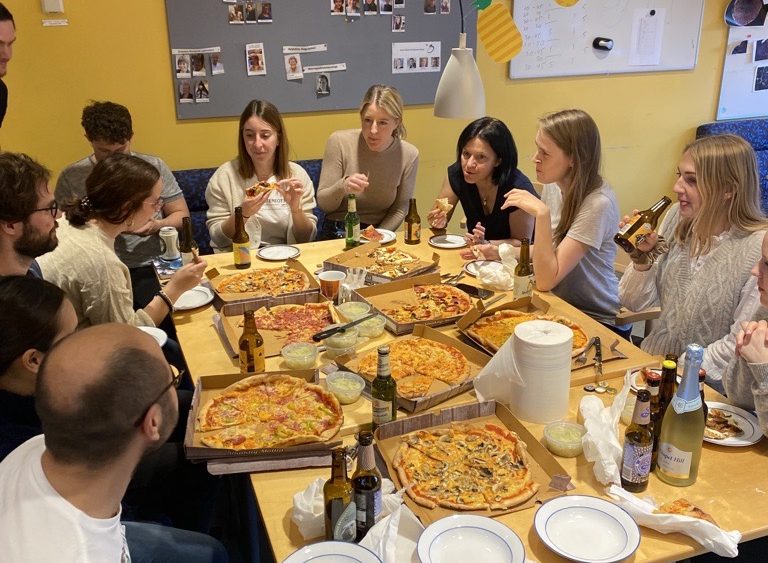
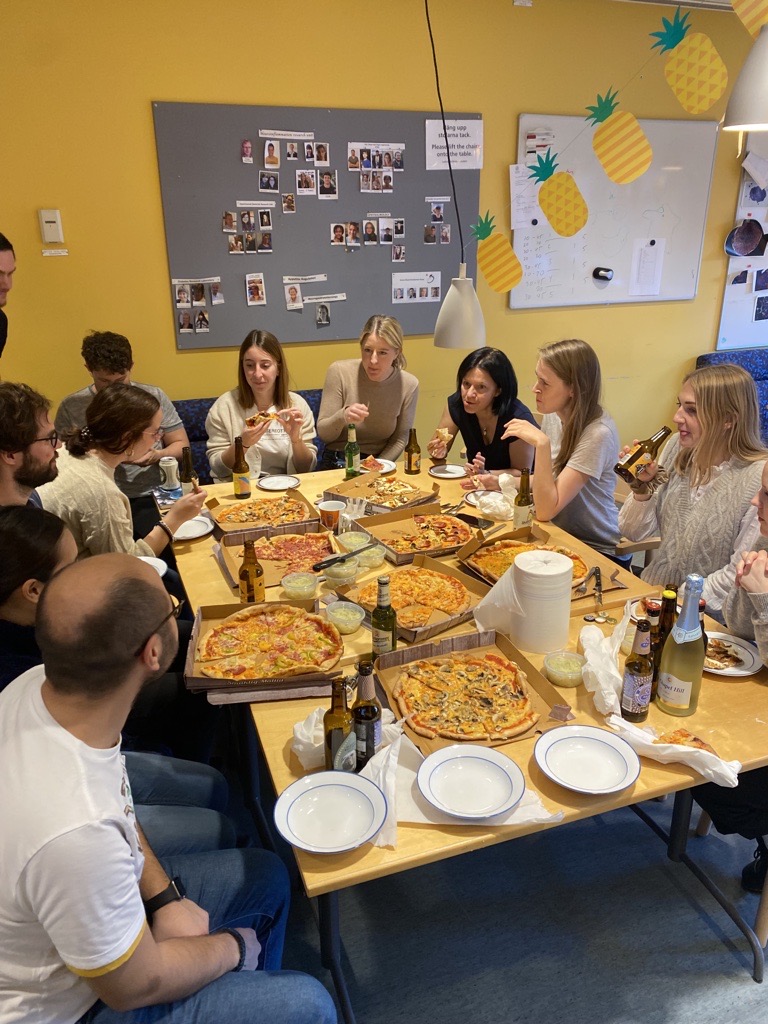
Comments